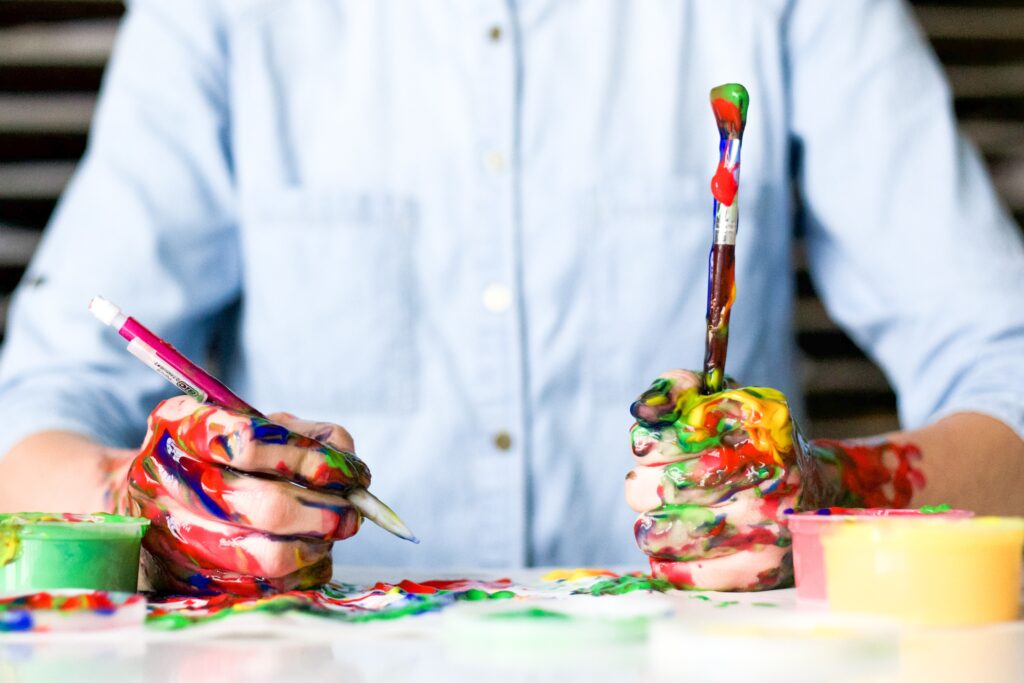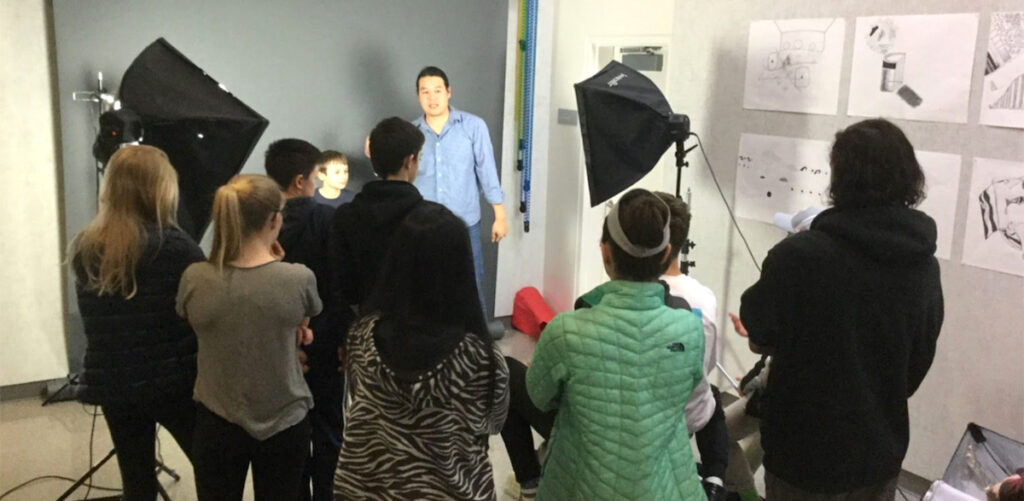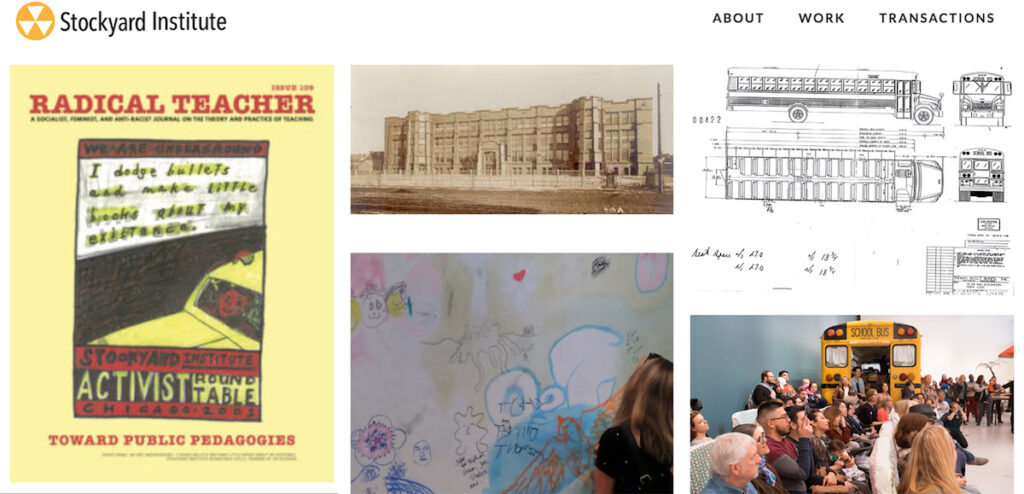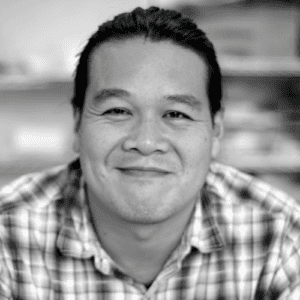Most people assume having a thriving artistic practice makes you a better art teacher. But if you ask the majority of art teachers about their own work, more often than not, you’ll hear a sad sigh. They’re just too busy teaching to create outside of the classroom.
A friend and I often used to discuss how hard it was to make work when we were so wrapped up in teaching and facilitating. We just couldn’t make sustained and concerted efforts to get into the studio. But, the deeper into the conversation we got, the more we both started to understand that though we weren’t creating tangible objects, we were making something. We were creating community and initiating change.
We began to think. What if we expanded our definition of what an artistic practice could look like? What if it didn’t have to be about making objects?
What if your teaching could be your artistic practice?

When you dig in, it starts to make sense. IGI Global describes an artistic practice as, “…the ways in which an artist goes about his/her work. Artistic practice goes beyond the physical activities of making artistic products and can include influences, ideas, materials as well as tools and skills.”
So, if an artistic practice can be more than just the physical making of a product, why couldn’t we think of teaching as art making?
Art Teachers as Artists
When people think of art teachers, the focus is often on the teaching of the various skills and techniques associated with the field. And, it’s true. We are experts at teaching students how to draw, paint, sculpt, and create in other ways.
But, art teachers are also focused on teaching the whole student. We can bring out the inner artist in everyone. We can help students release their inner worlds within the unique environment that we create and do our work in.

Therefore, teaching, facilitating, and engaging with others can serve an artistic practice. Just because it’s not an object that can be bought or sold doesn’t make this engagement and practice any less valuable to those who are involved with it. Teaching is a transformative experience. That in and of itself should be enough for it to be seen as artistic practice.
Teaching is a transformative experience. That in and of itself should be enough for it to be seen as artistic practice.
2 Powerful Examples of Teaching as Artistic Practice
There are many examples of artists engaging communities with the goal of creating lasting change. They work to address societal inequities, tackling civil rights, gender equity, LGBTQ issues, and social justice challenges. Isn’t educating and teaching youth to do the same just as valuable to our society as aesthetically pleasing images?
Let’s look at 2 teachers whose work can be considered art.
1. The Stockyard Institute
The Stockyard Institute was founded by Jim Duignan, a professor at DePaul University. It’s based in Chicago and focuses on “collaborative, community-wide arts and education projects.” The program works “with area schools youth centers, cultural organizations, and community facilities to design and organize temporary public art projects and sustainable art and education programs.”

The work of Duignan and the Stockyard Institute examines the meaning of education and how we think about and experiential learning. Duignan is an artist and educator. His practice isn’t about the making of objects as much as it is about the fostering of change moments for individuals and society. He does this through community forums, interviews, and facilitated reflection.
2. William Estrada
Also located in Chicago, Estrada designed a Mobile Street Art Cart from which he facilitates art experiences in his community.

He designed the cart with the following goals in mind:
- To provide free art projects with people on the streets in their neighborhood.
- To address issues relevant to the community.
- To create a temporary space where he and the community could talk about art and its impact on their community.
- To share resources to support artmaking and community-building.
In short, Estrada uses the cart to highlight relevant social change issues and build community and activism. Participants walk away with tangible objects or collaborative experiences with strangers. The cart helps connect people in meaningful ways.
Both of these artists create experiential work. Though they do include the production of some physical objects, it isn’t a traditional definition of what an artistic practice looks like.
If we continue to reexamine what an artistic practice can be, it will grow the field of art education. It will allow art teachers and teaching artists the freedom to focus on their work with communities to make a real and lasting change. We can shift our perspective of who an artist is and what they can do. We can elevate the view of art educators to that of the change-makers and artist practitioners they really are.
Do you see your teaching as part of an artistic practice?
How can art teachers shift the value of art away from objects and to experiences?
Magazine articles and podcasts are opinions of professional education contributors and do not necessarily represent the position of the Art of Education University (AOEU) or its academic offerings. Contributors use terms in the way they are most often talked about in the scope of their educational experiences.





